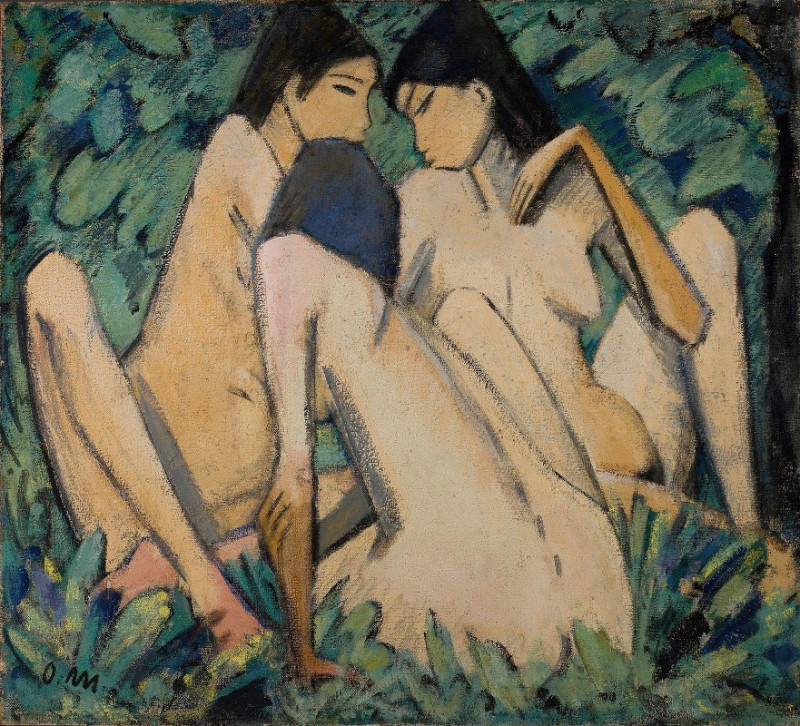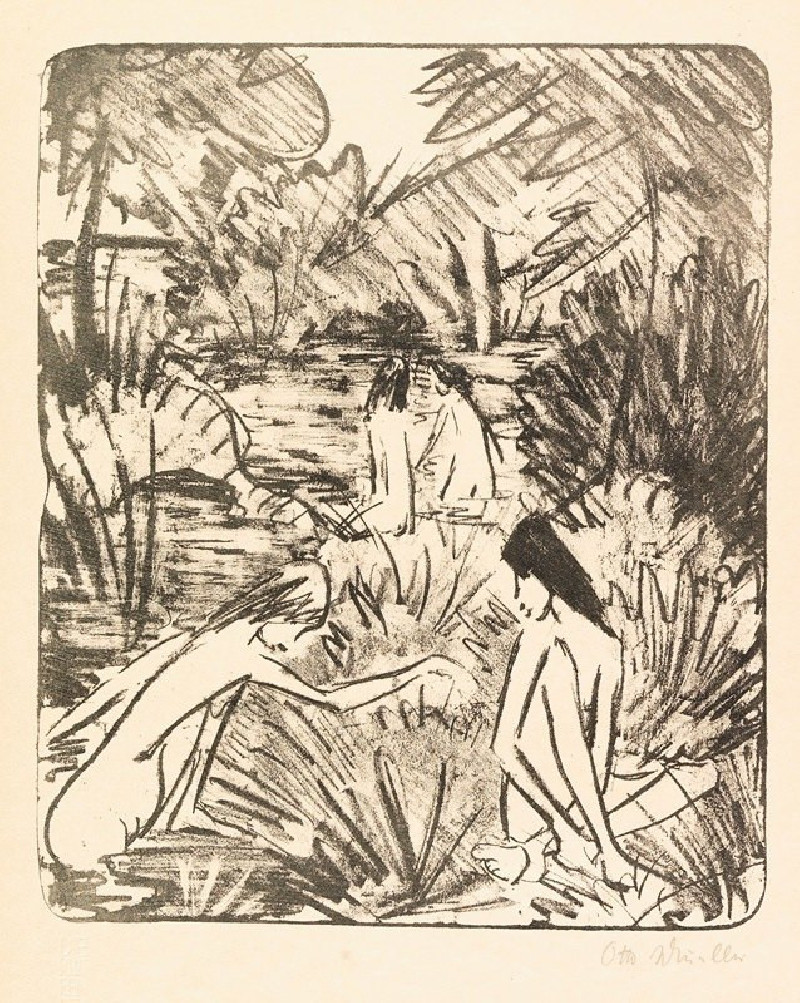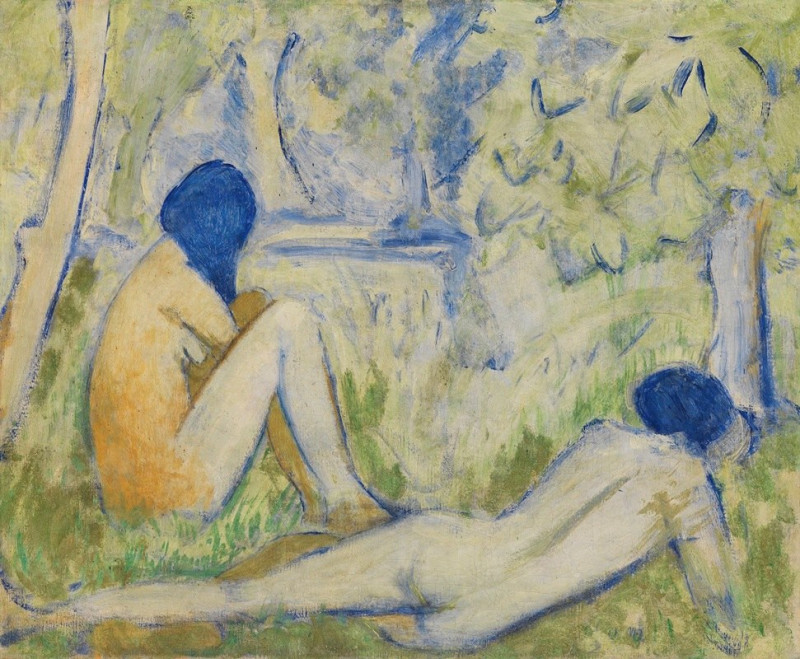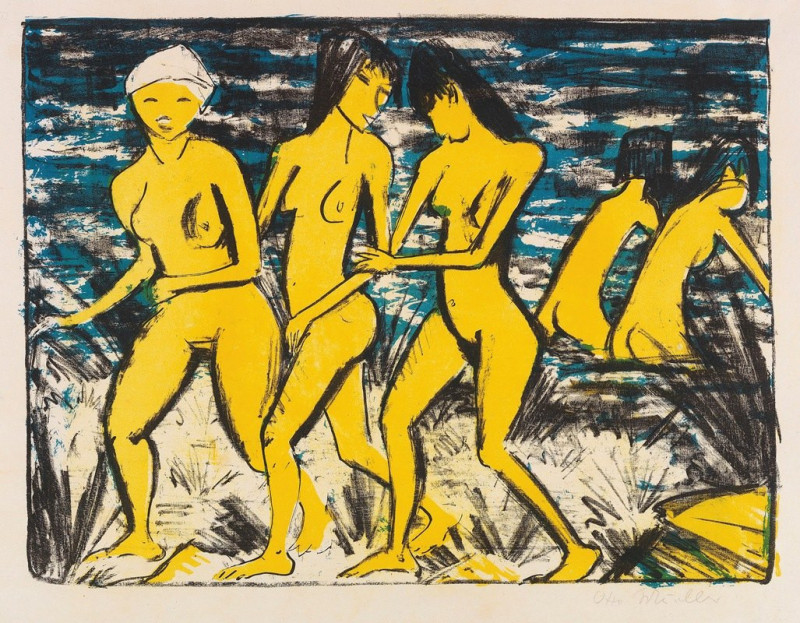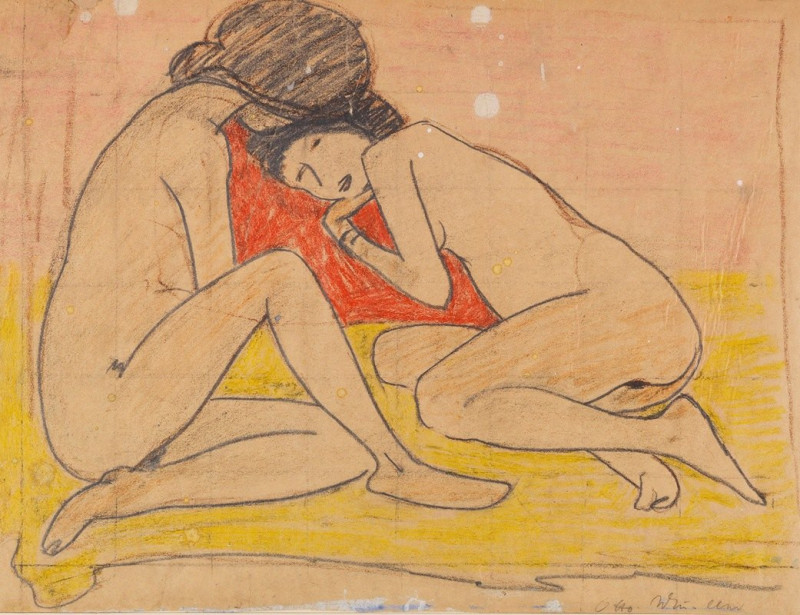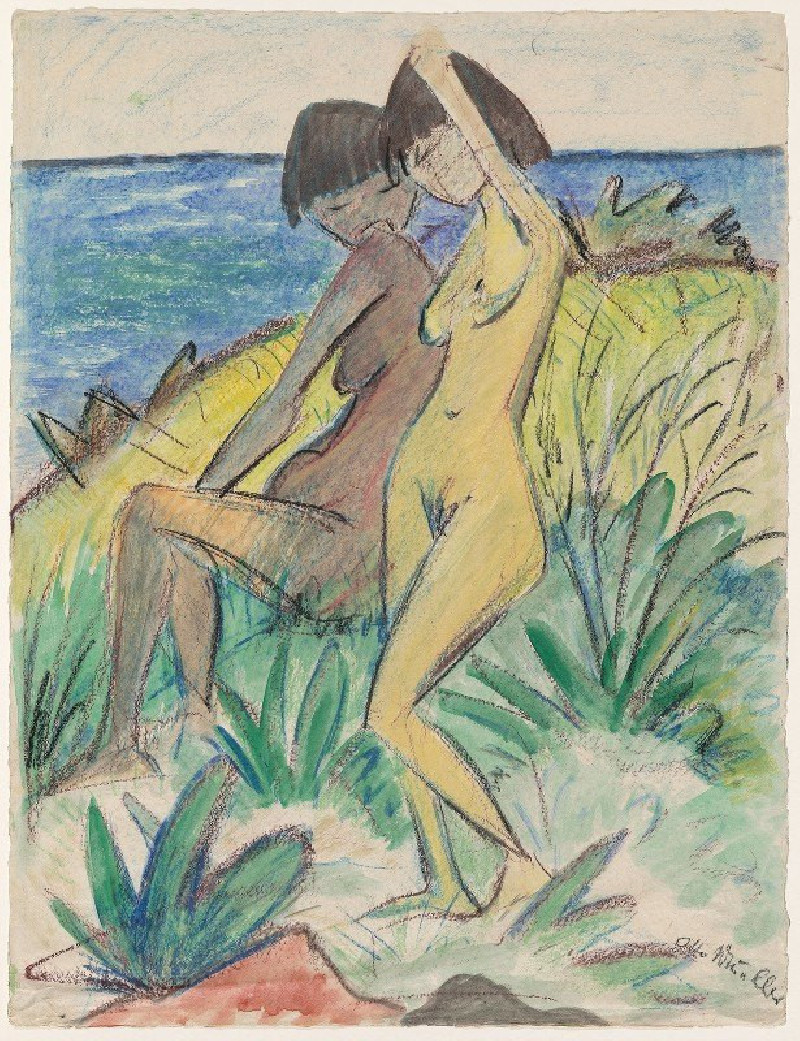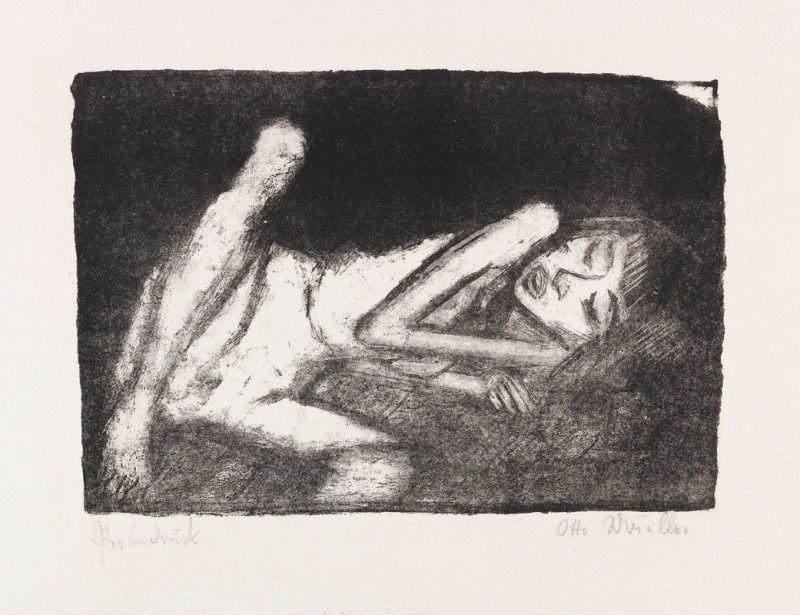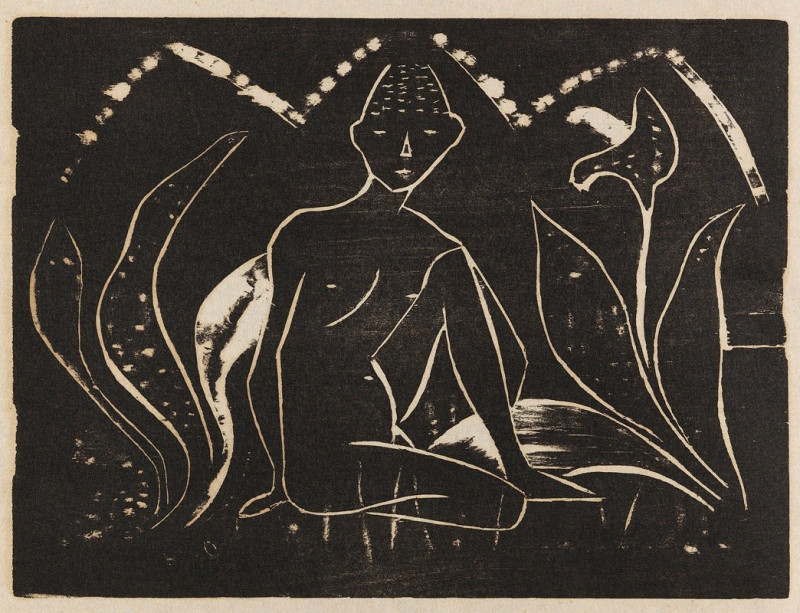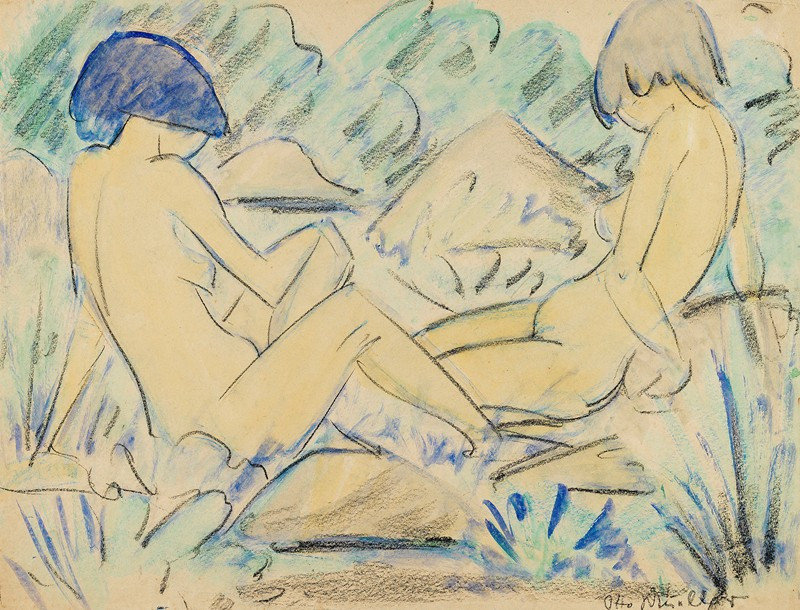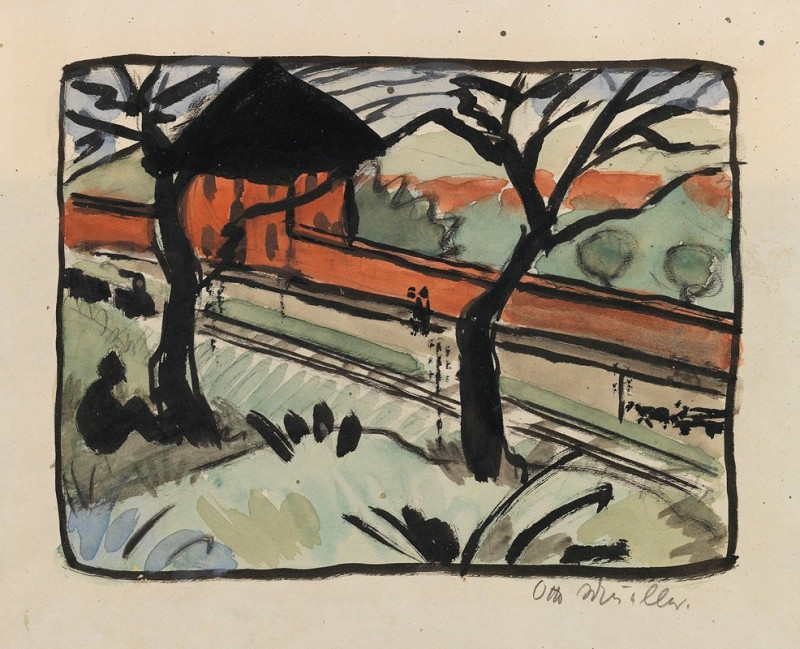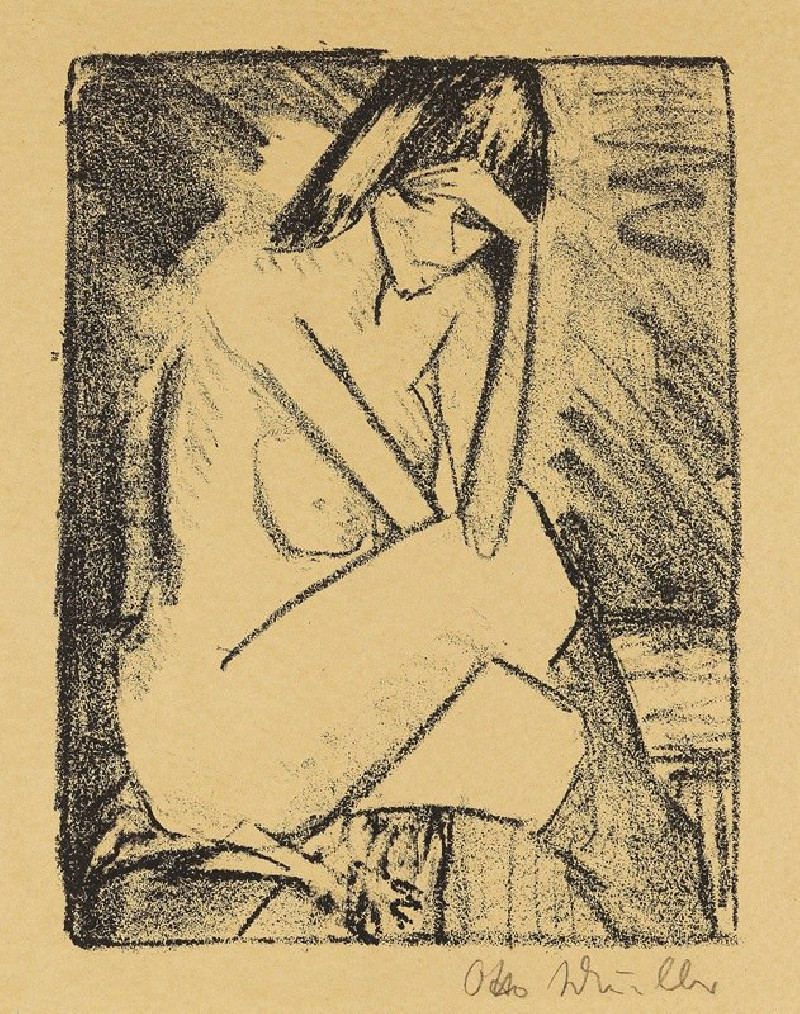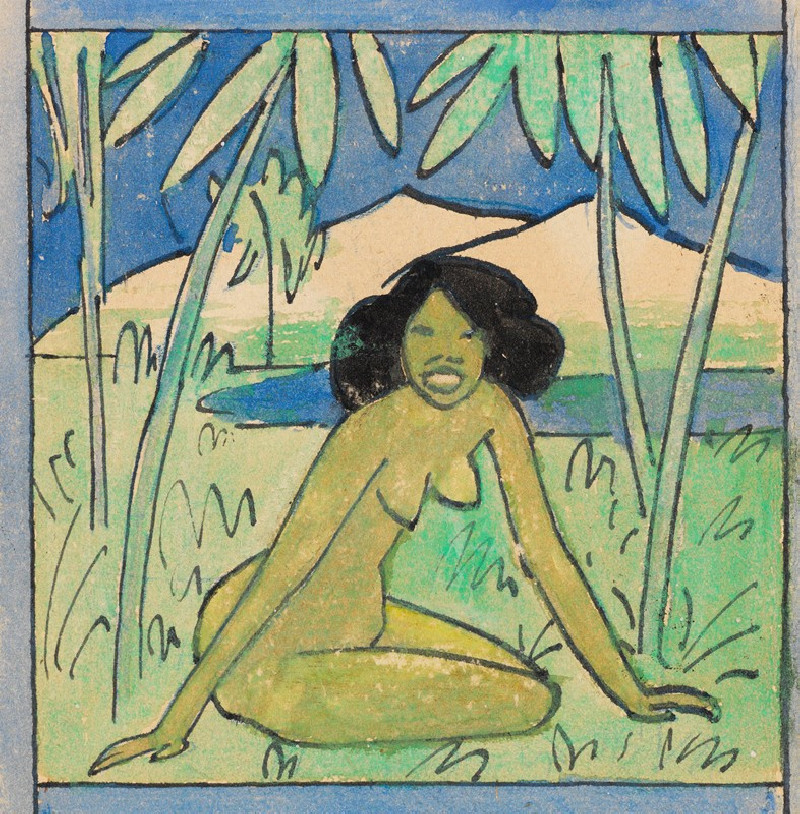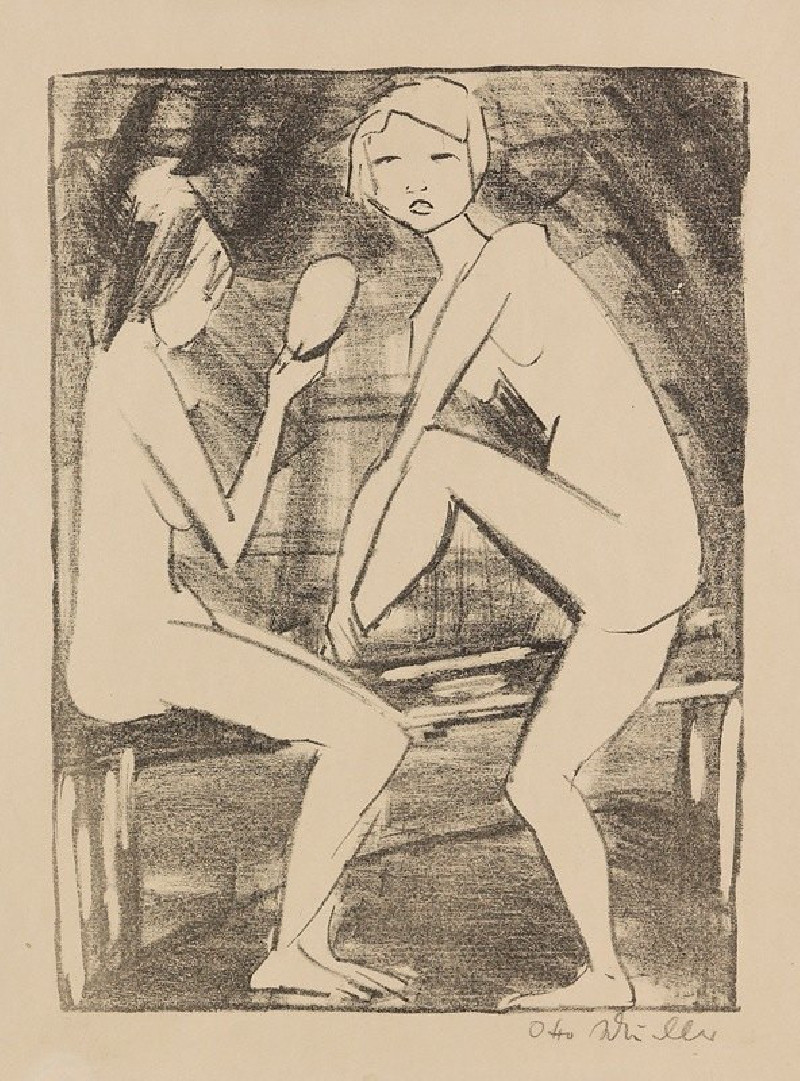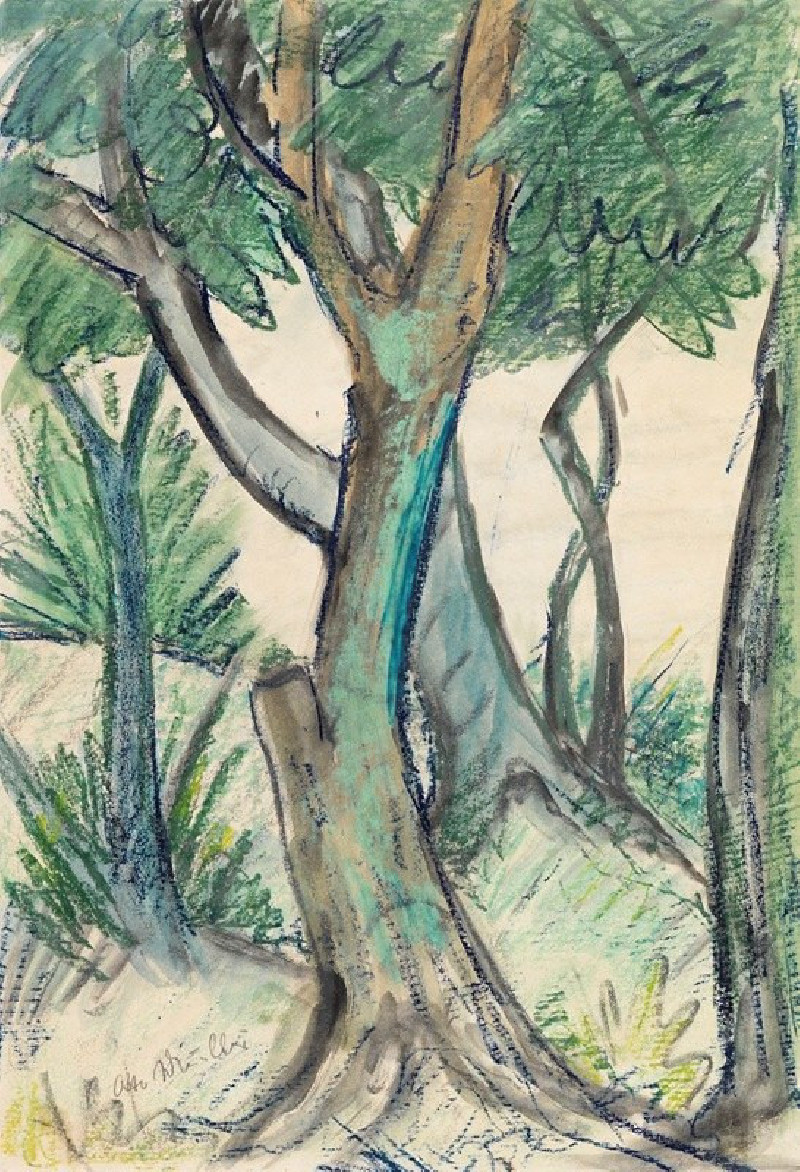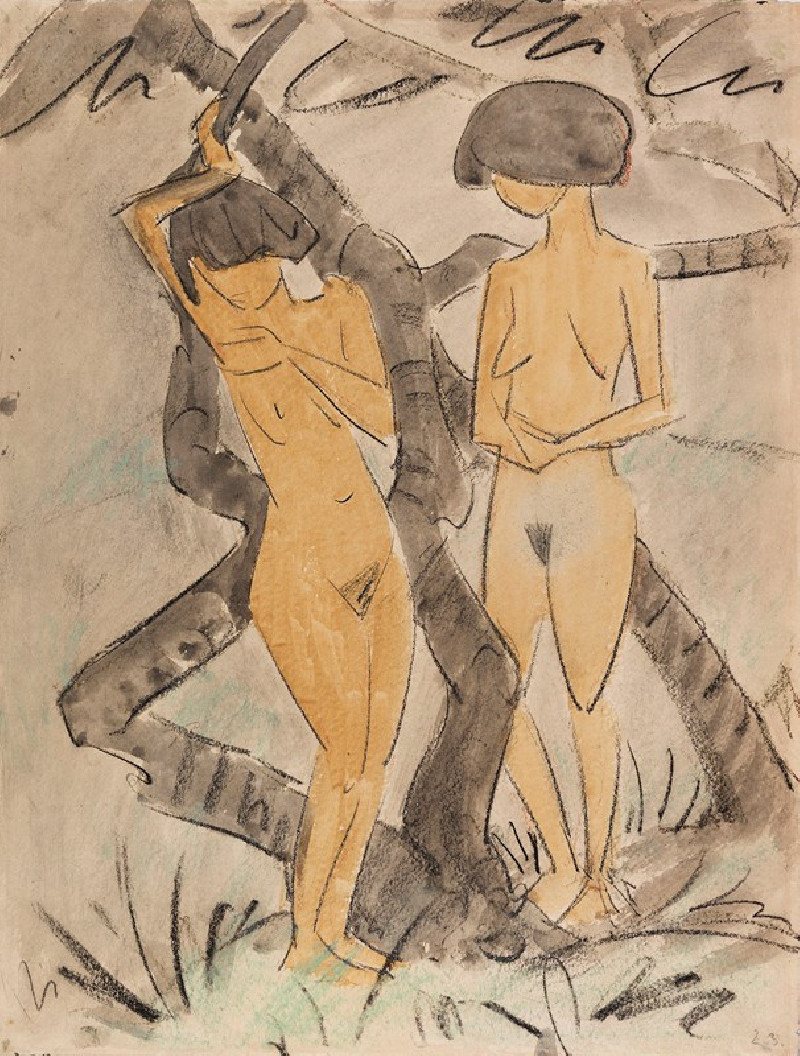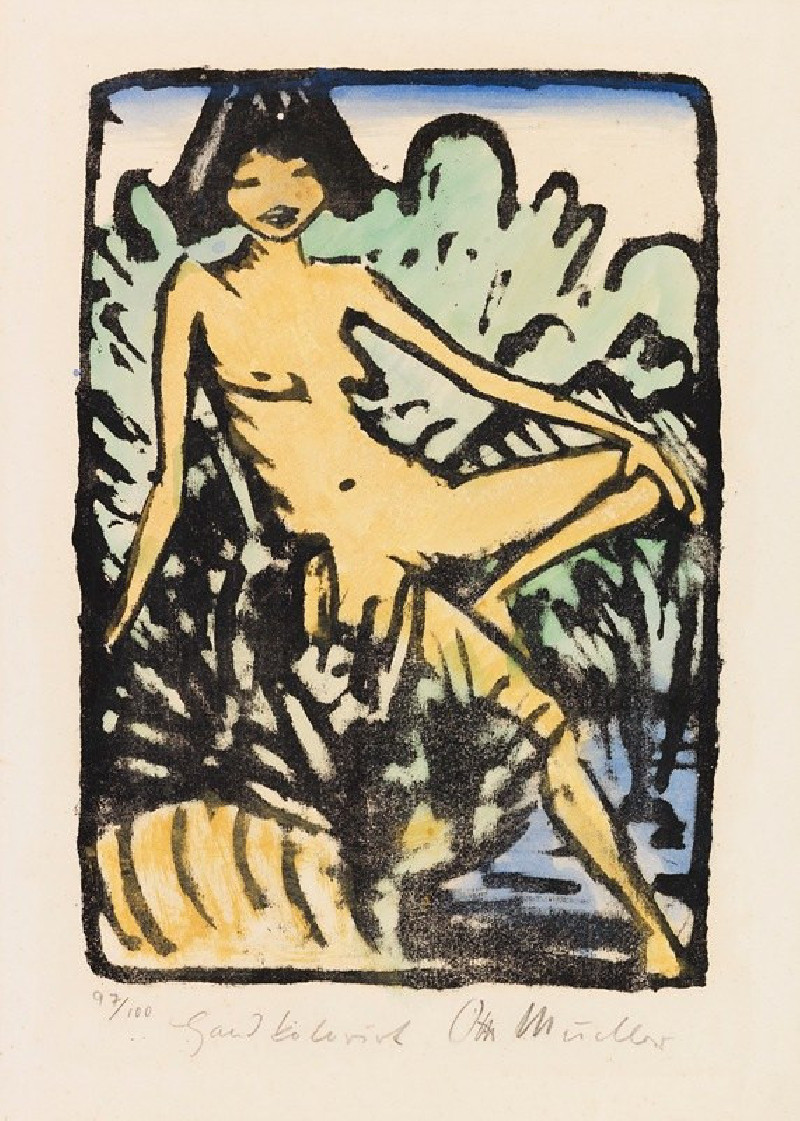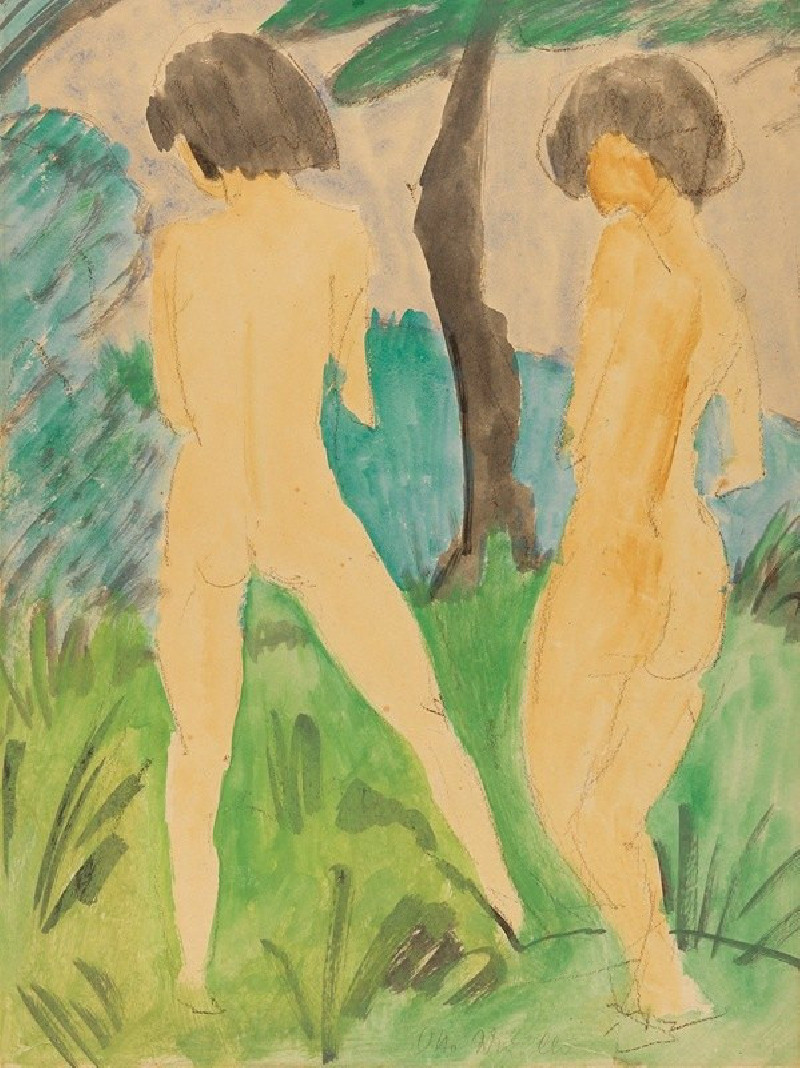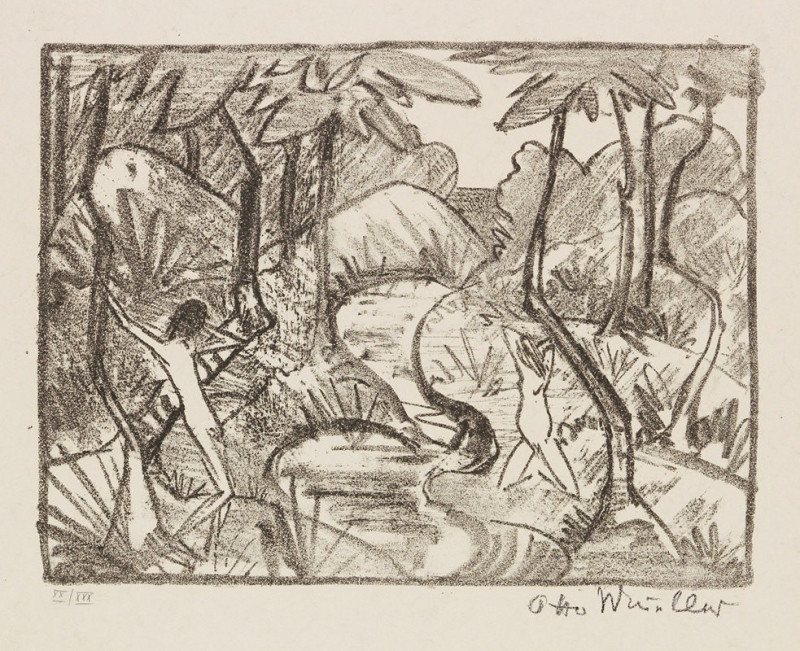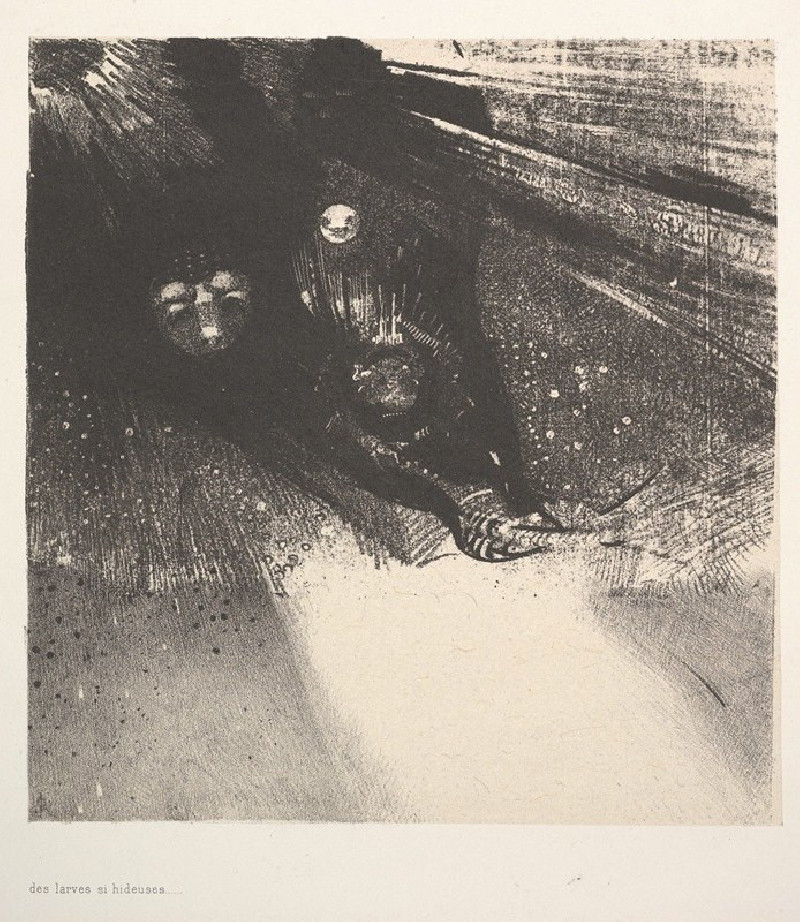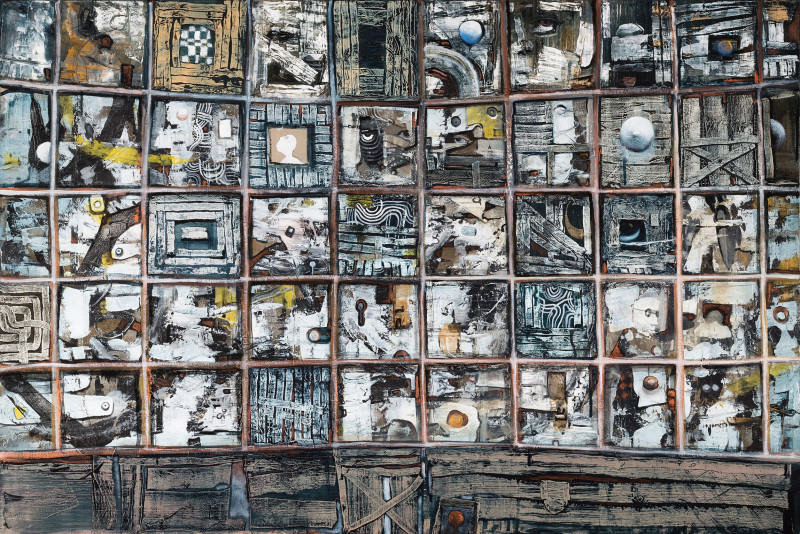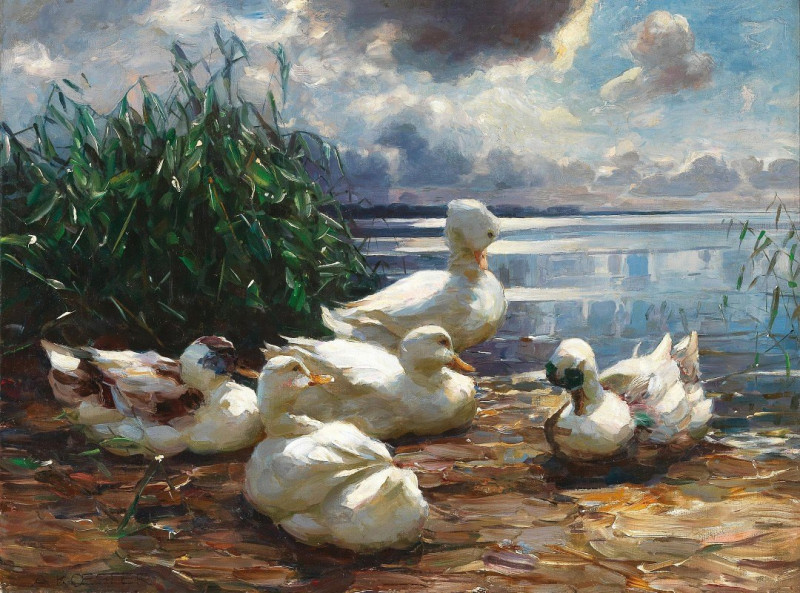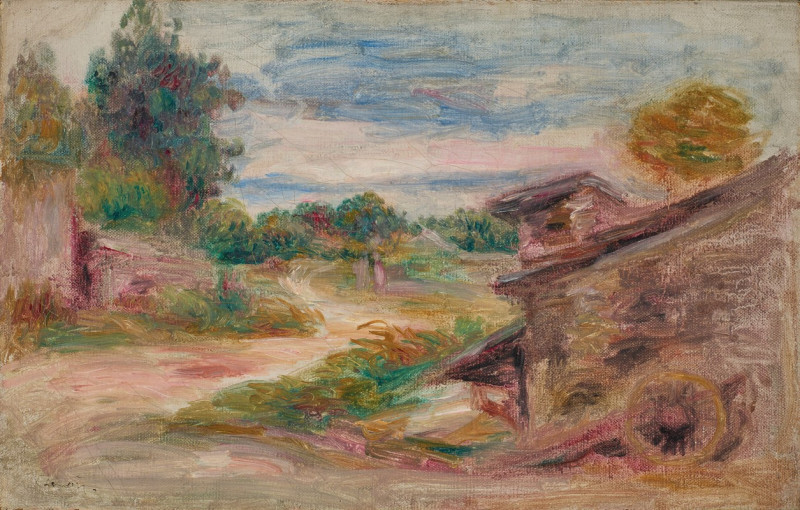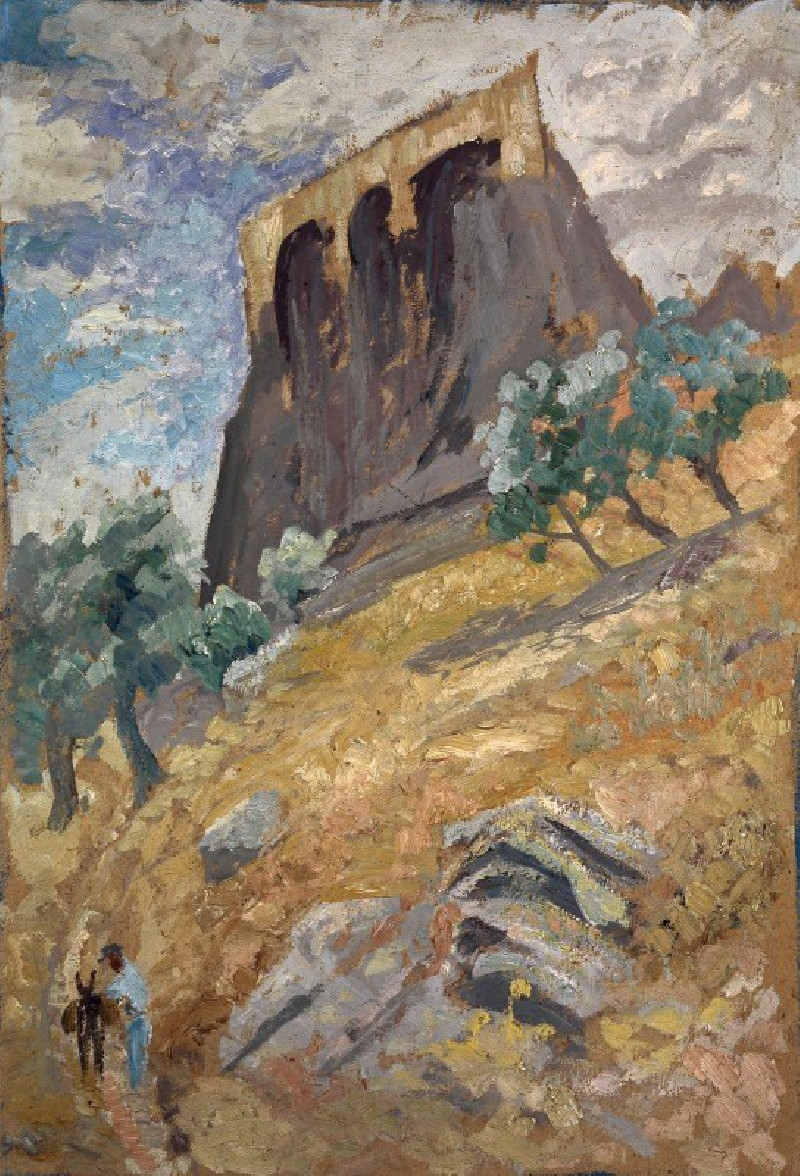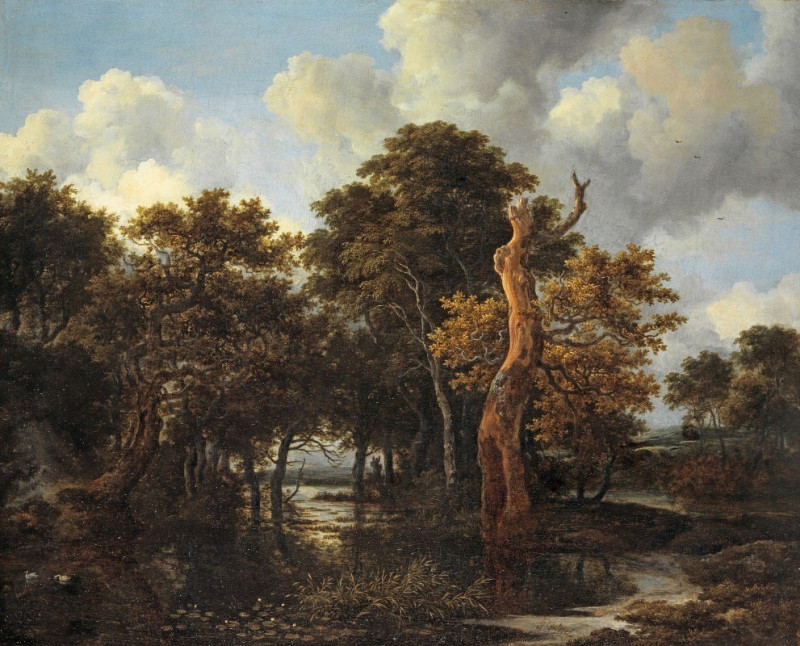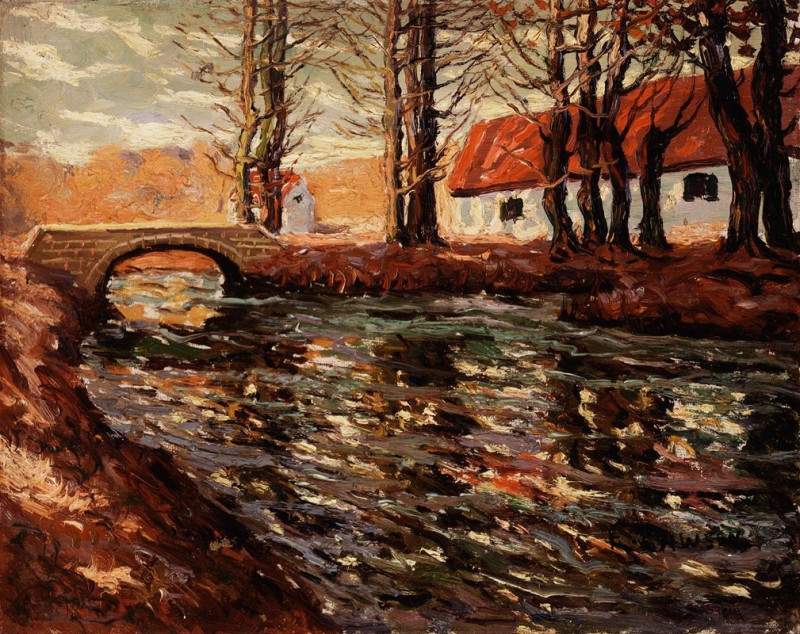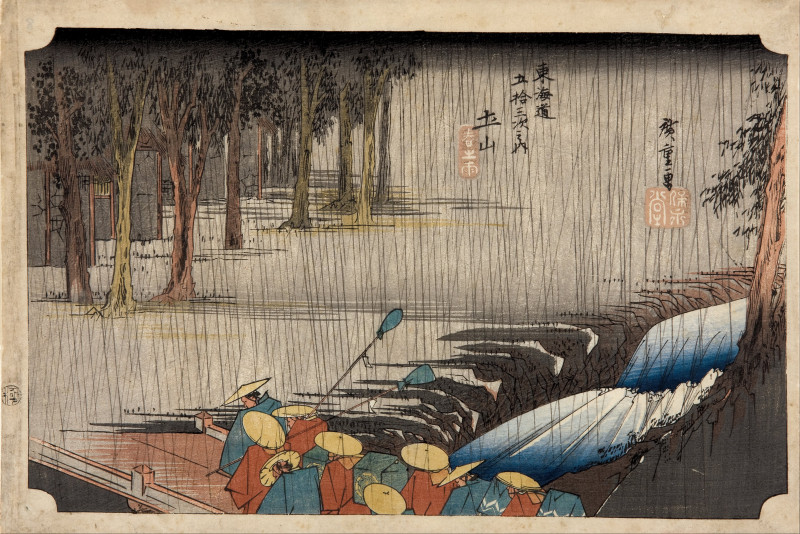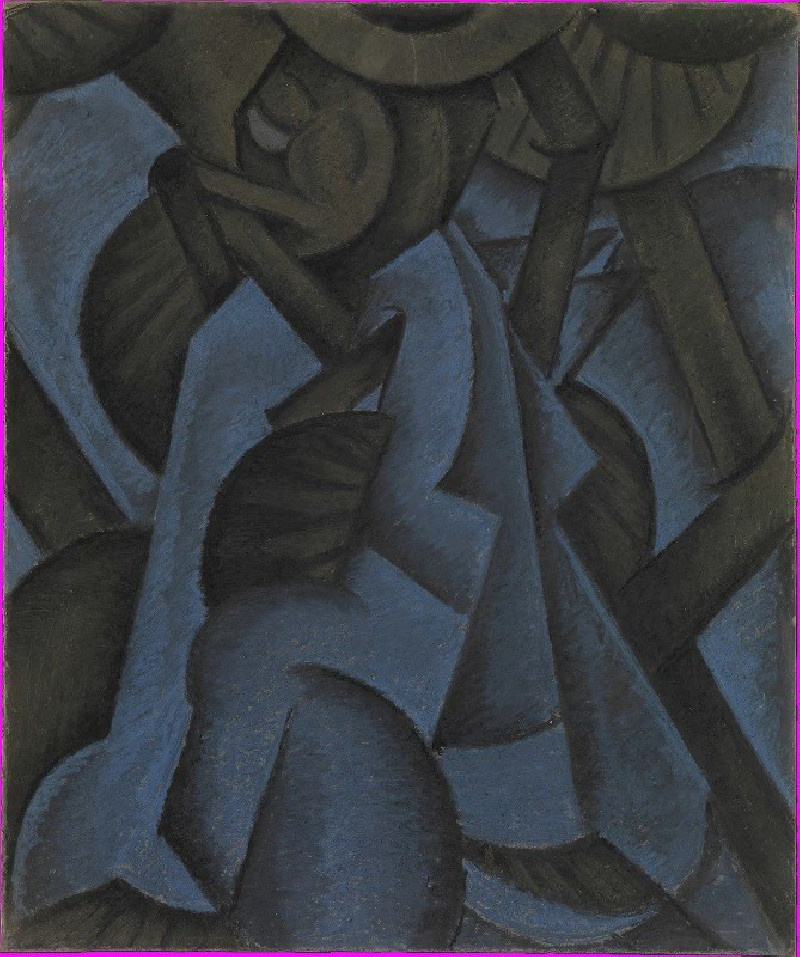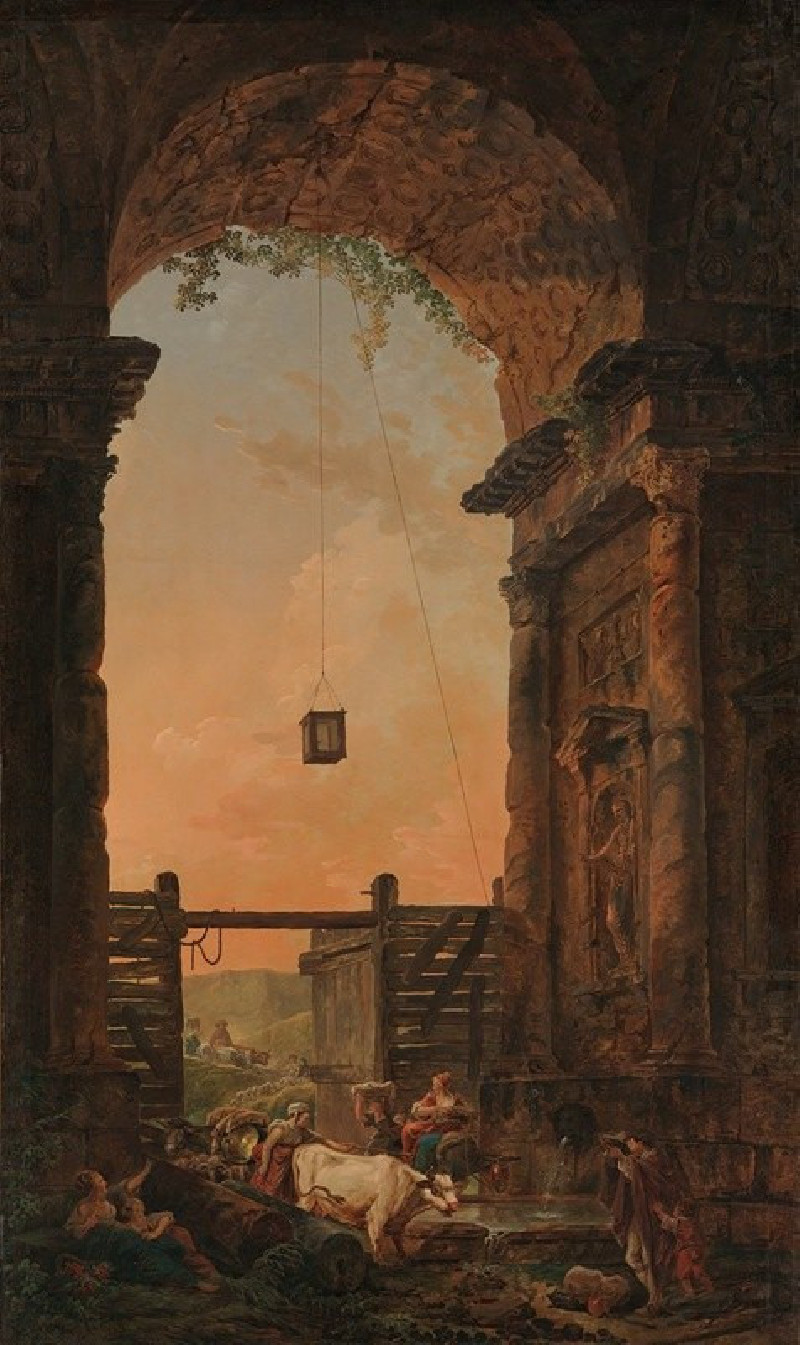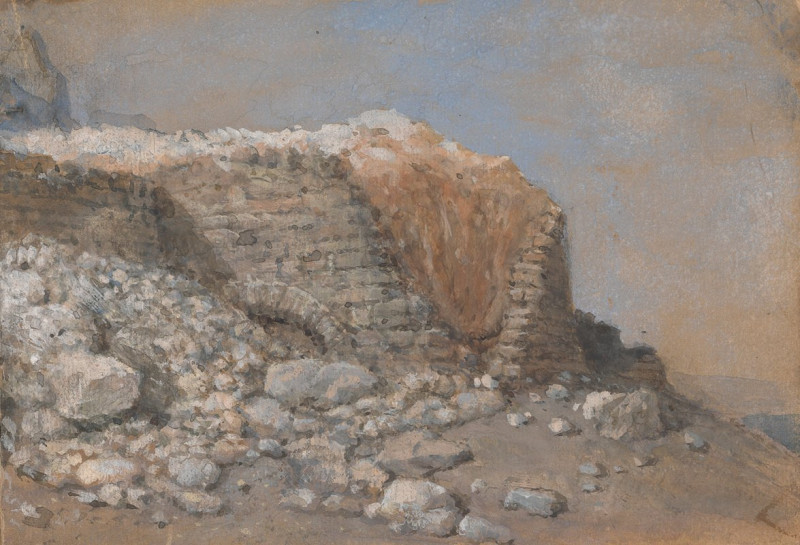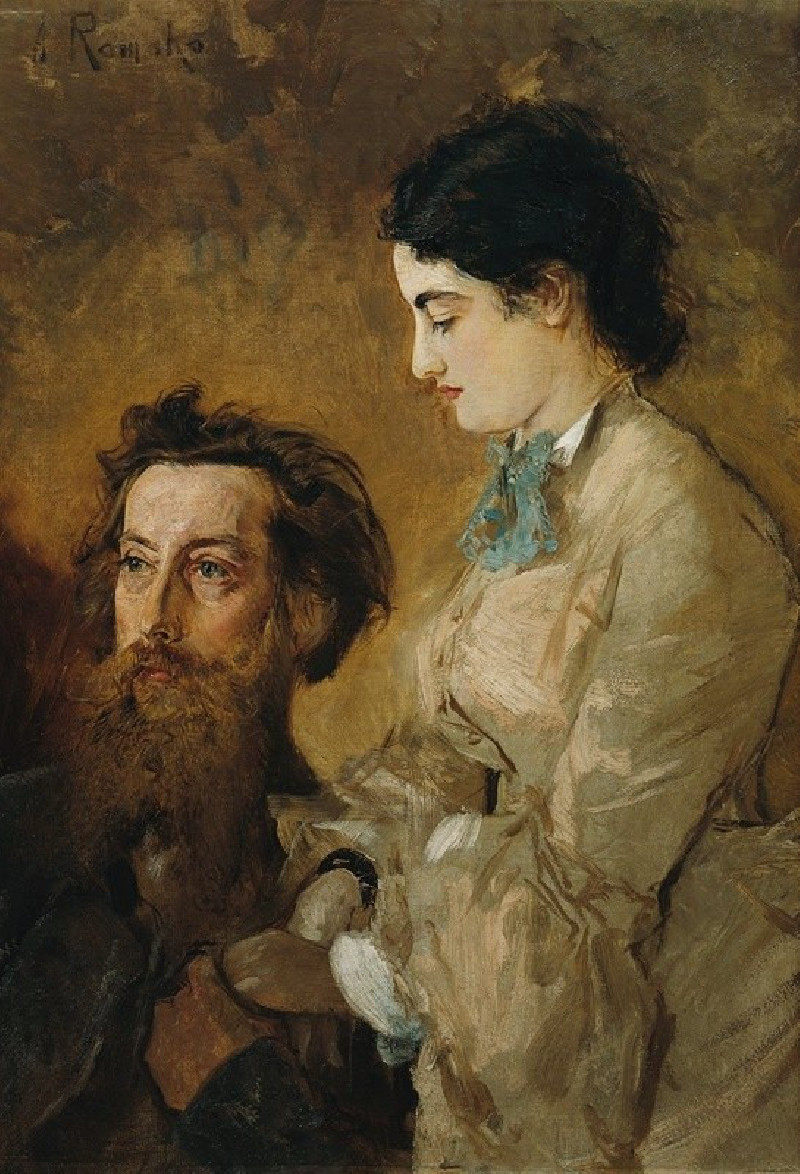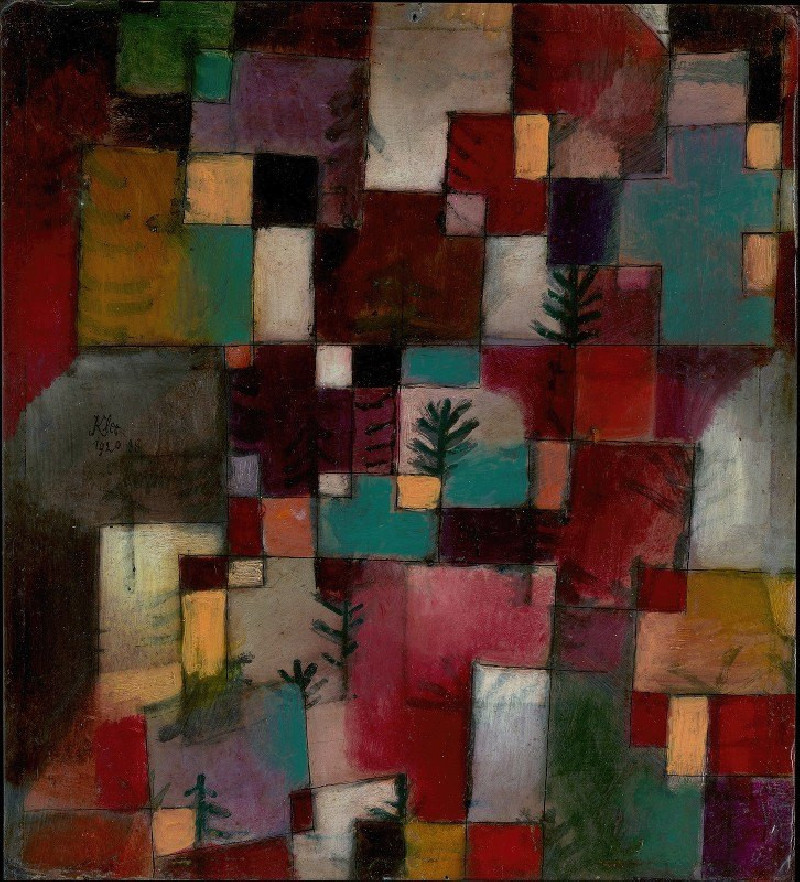Three Women in a Wood (c.1920)
Technique: Giclée quality print
Recommended by our customers
More about this artwork
Otto Mueller's "Three Women in a Wood" (circa 1920) stands as a compelling example of the Expressionist movement. The painting depicts three nude figures, intertwined subtly within a lush, abstracted woodland setting. Their forms are rendered with simplified, flowing lines that emphasize an organic and serene connection to nature.Mueller's color palette of earth tones and deep greens harmonizes the figures with their environment, creating a sense of unity and tranquility. The brushwork is loose, yet deliberate, enhancing the texture and the dynamic quality of the forest backdrop. This subtle interplay between figure and nature is a hallmark of Mueller's work, reflecting his interest in depicting the human form in its most natural state.The composition invites viewers to delve into a narrative of intimacy and companionship, as the figures appear closely connected, both physically and emotionally. Through "Three Women in a Wood," Mueller not only explores themes of natural beauty and human closeness but also contributes to the broader Expressionist pursuit of conveying inner emotions through art.
Delivery
Returns
Otto Müller was a German painter and printmaker of the Die Brücke expressionist movement.
Mueller was born in Liebau (now Lubawka, Kamienna Góra County), Kreis Landeshut, Silesia. Between 1890 and 1892 he was trained in lithography in Görlitz and Breslau. From 1894 to 1896 he studied at the Academy of Fine Arts in Dresden and continued his study in Munich during 1898. He left Munich's academy after Franz von Stuck classified him as untalented.

